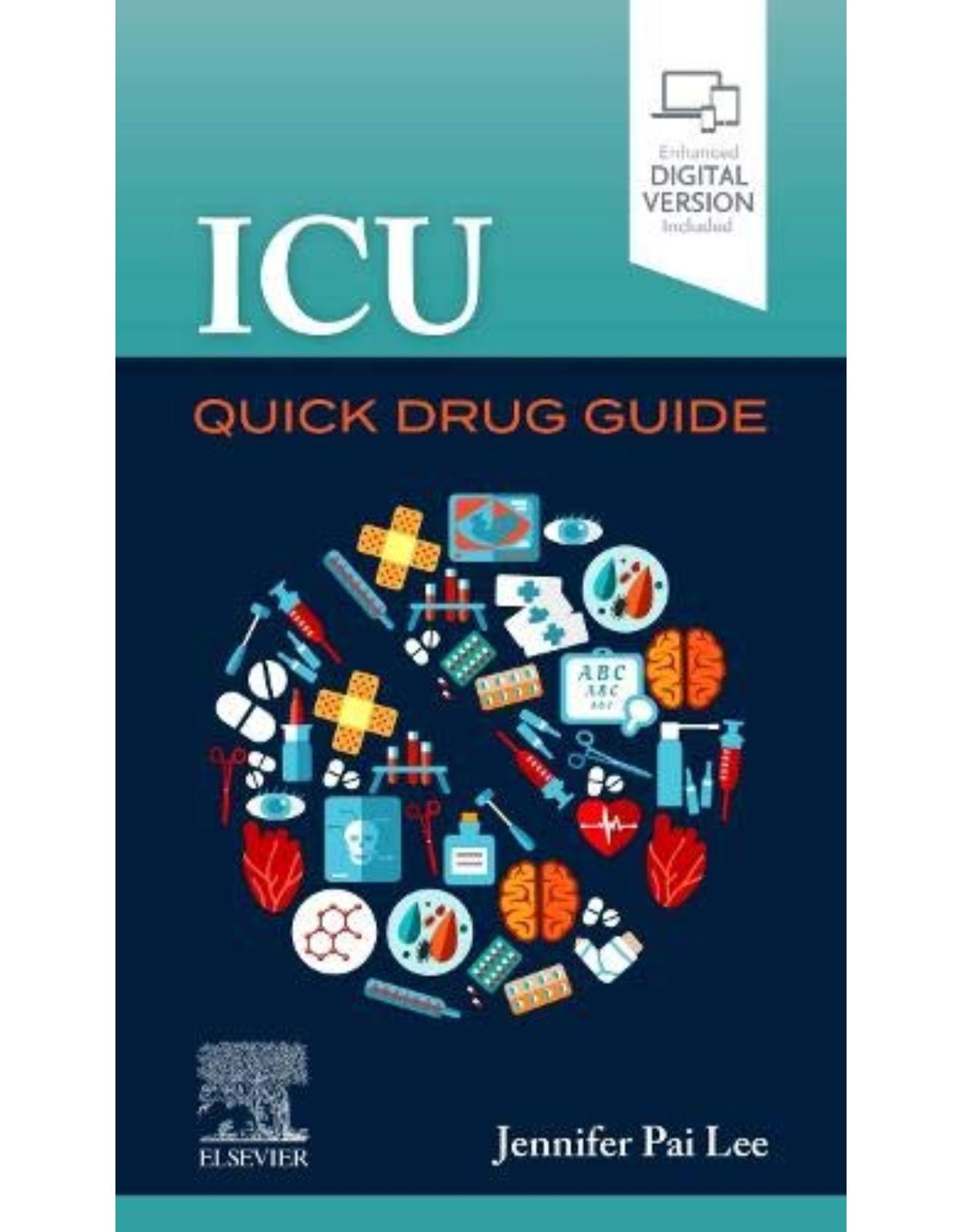
ICU Quick Drug Guide
Livrare gratis la comenzi peste 500 RON. Pentru celelalte comenzi livrarea este 20 RON.
Disponibilitate: La comanda in aproximativ 4 saptamani
Editura: Elsevier
Limba: Engleza
Nr. pagini: 368
Coperta: Paperback
Dimensiuni: 10.92 x 1.52 x 18.54 cm
An aparitie: 29 Sept. 2020
Description:
Offering essential, evidence-based practice guidelines specifically for the critical care setting, ICU Quick Drug Guide contains up-to-date information in a quick-access format. This portable handbook provides fast, accurate drug therapy information needed at the point of care, including expert advice throughout to help clinicians determine optimal pharmacological therapy.
- Offers a quick summary of current clinical guidelines to experienced clinicians while providing a simplified, focused guide to all entry level clinicians.
- Covers the wide variety of issues seen in the ICU, including sepsis and septic shock, venous thromboembolism, acute heart failure, anaphylaxis, arrhythmias, asthma and COPD, pain, infections, pancreatitis and liver failure, stroke, and many more.
- Begins each topic with a brief discussion of the disease state followed by drug tables that compare and contrast different treatment regimens, including pharmacokinetics, pharmacodynamics, drug interactions, contraindications, and hepatic/renal dosing.
- Contains clinical pearls organized by the top disease states seen in the critical/acute care setting.
- Provides practical and essential drug information from Dr. Jennifer Pai Lee, a clinical pharmacist with expertise in critical care and pharmacokinetics/pharmacodynamics.
Table of Contents:
1. SECTION 1. CARDIOVASCULAR CRITICAL CARE
2. 1. Acute coronary syndromes
3. Clinical signs and symptoms of ACS (fig. 1.1)
4. Causes of troponin elevations (box 1.1)
5. Acute management of ACS
6. References
7. 2. Acutely decompensated heart failure (ADHF)
8. Definitions
9. Precipitating factors
10. Pharmacologic management
11. References
12. 3. Adult advanced cardiovascular life support
13. Asystole/pulseless electrical activity
14. Ventricular fibrillation/pulseless ventricular tachycardia
15. Bradycardia with pulse
16. Tachycardia with pulse
17. Post-cardiac arrest care
18. Targeted temperature management (TTM) or therapeutic hypothermia (TH)
19. References
20. 4. Anticoagulation for atrial fibrillation or atrial flutter
21. Anticoagulation to prevent thromboembolism in atrial fibrillation (AF) or atrial flutter
22. References
23. 5. Hypertensive crisis
24. Definitions
25. Management
26. References
27. SECTION 2. ENDOCRINE, GASTROINTESTINAL, AND HEPATIC DISORDERS
28. 6. Diabetic ketoacidosis (DKA) and hyperosmolar hyperglycemic state (HHS)
29. Introduction
30. Diagnosis criteria (table 6.1)
31. Management (table 6.2)
32. Insulin preparations (table 6.3)
33. References
34. 7. Other endocrine emergencies
35. Thyroid storm
36. Myxedema coma
37. Adrenal crisis
38. References
39. 8. Gastroenterology
40. GI fistulas
41. Postoperative ileus (POI)
42. Postoperative nausea and vomiting (PONV)
43. Upper GI bleeding (UGIB)
44. References
45. 9. Severe acute pancreatitis and liver failure
46. Severe acute pancreatitis
47. Liver failure
48. Hepatic encephalopathy
49. References
50. SECTION 3. INFECTIOUS DISEASES
51. 10. Abdominal infections
52. Complicated intra-abdominal infection
53. Clostridium difficile infection (CDI)
54. References
55. 11. Other infections
56. Hospital-acquired and ventilator-associated pneumonia
57. Community-associated pneumonia
58. Influenza
59. Intravascular catheter-related infections
60. Catheter-associated urinary tract infections (cautis)
61. Skin and soft tissue infections (SSTIs)
62. Antimicrobial prophylaxis in surgery
63. Bacterial meningitis
64. References
65. 12. Sepsis and septic shock
66. Definitions
67. Management of sepsis and septic shock
68. References
69. SECTION 4. NEUROCRITICAL CARE
70. 13. Acute ischemic stroke (AIS)
71. Definitions
72. Classification of stroke types (fig. 13.1)
73. National institutes of health stroke scale (table 13.1)
74. Management
75. References
76. 14. Other neurocritical care
77. Myasthenia crisis
78. Guillain-barre syndrome
79. Antithrombotic-induced intracranial hemorrhage
80. References
81. 15. Status epilepticus
82. References
83. SECTION 5. PULMONARY DISORDERS
84. 16. Asthma and chronic obstructive pulmonary disease (COPD) exacerbation
85. Asthma exacerbation
86. Chronic obstructive pulmonary disease (COPD) exacerbation
87. References
88. 17. Pulmonary arterial hypertension (group 1 pulmonary hypertension)
89. References
90. SECTION 6. MISCELLANEOUS
91. 18. Acute alcohol and drug poisoning
92. Introduction
93. Management after patient stabilization
94. References
95. 19. Anaphylaxis
96. Introduction
97. Signs and symptoms (table 19.1)
98. Triggers (table 19.2)
99. Acute management (table 19.3)
100. Prevention
101. References
102. 20. Drug-induced hyperthermia
103. Malignant hyperthermia (MH)
104. Neuroleptic malignant syndrome (NMS)
105. Serotonin syndrome
106. References
107. 21. Fluids and electrolyte disorders
108. General overview (tables 21.1, 21.2, and 21.3)
109. Hypernatremia
110. Hyponatremia
111. Other electrolyte abnormalities and management (table 21.6)
112. References
113. 22. Pain, agitation, delirium, and neuromuscular blockade in the intensive care unit (ICU)
114. Pain
115. Agitation
116. Delirium
117. Neuromuscular blockade
118. References
119. 23. Rapid sequence induction
120. Introduction
121. Pharmacotherapy
122. Vasopressors for blood pressure support
123. References
124. 24. Venous thromboembolism (VTE)
125. Introduction
126. Risk factors for VTE
127. Prevalence of VTE
128. Thromboprophylaxis
129. Treatment of VTE with anticoagulants
130. References
131. Appendix
132. References
133. Index
| An aparitie | 29 Sept. 2020 |
| Autor | Jennifer Pai Lee Pharm.D BCPS |
| Dimensiuni | 10.92 x 1.52 x 18.54 cm |
| Editura | Elsevier |
| Format | Paperback |
| ISBN | 9780323680479 |
| Limba | Engleza |
| Nr pag | 368 |
-
63600 lei 62200 lei

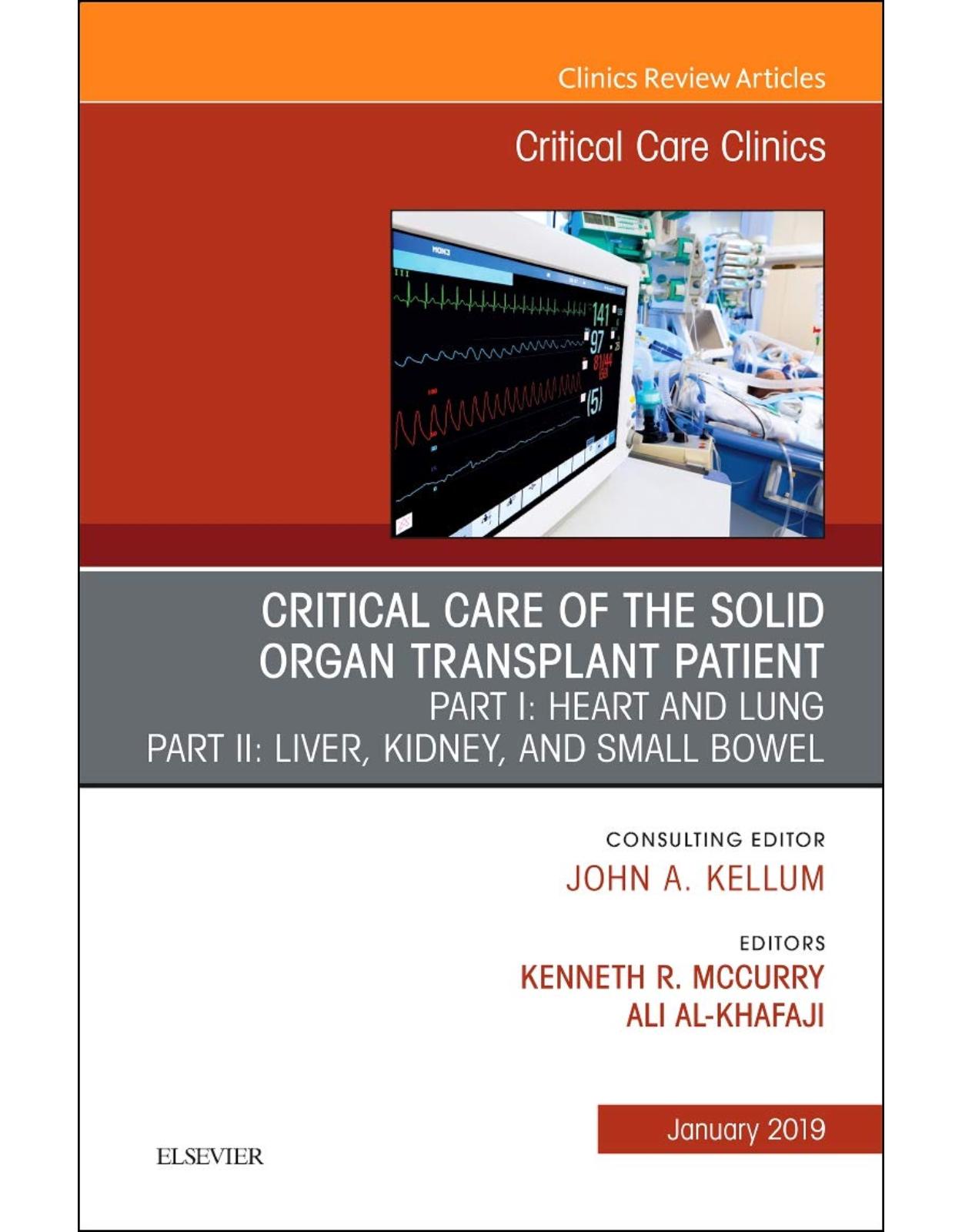
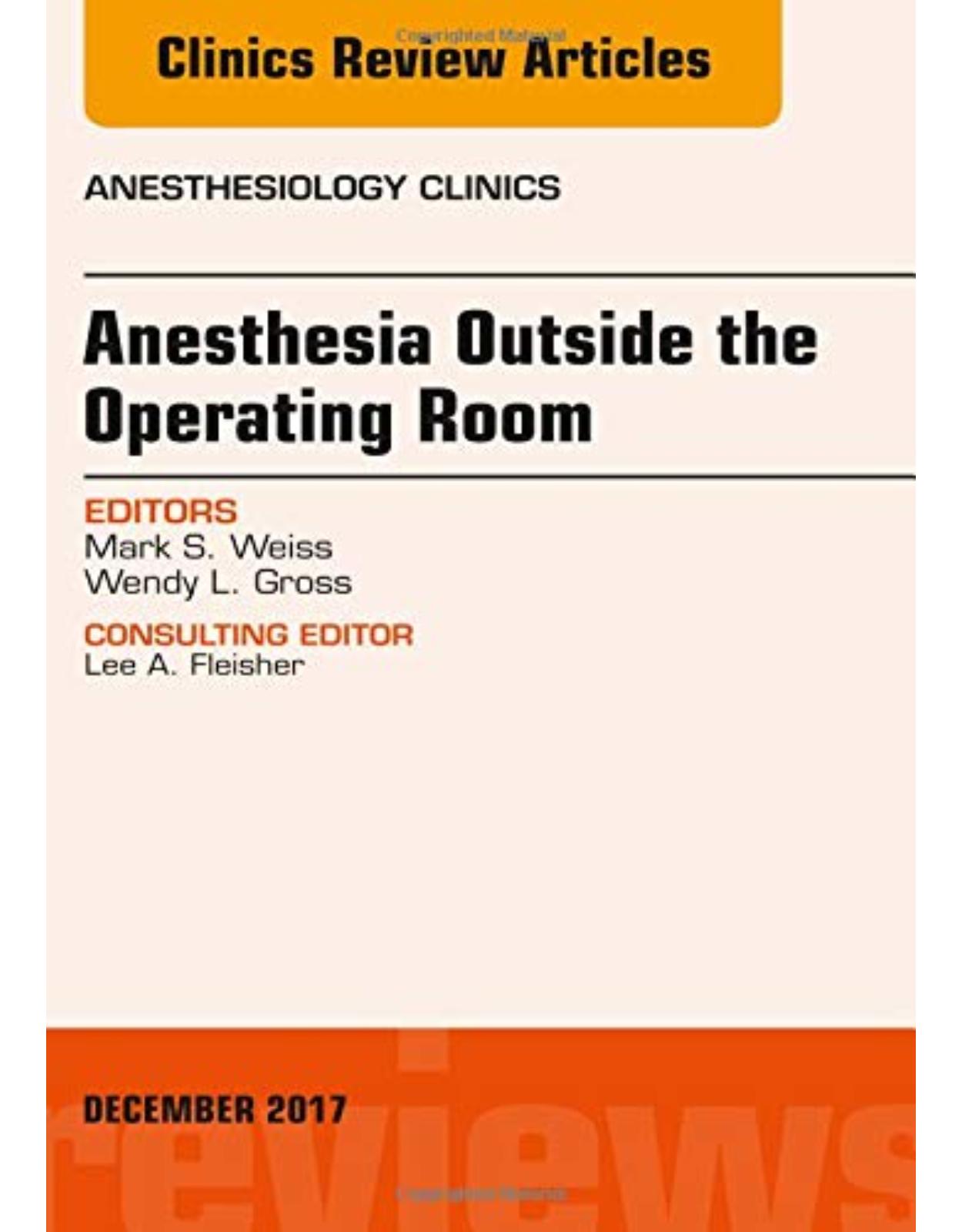
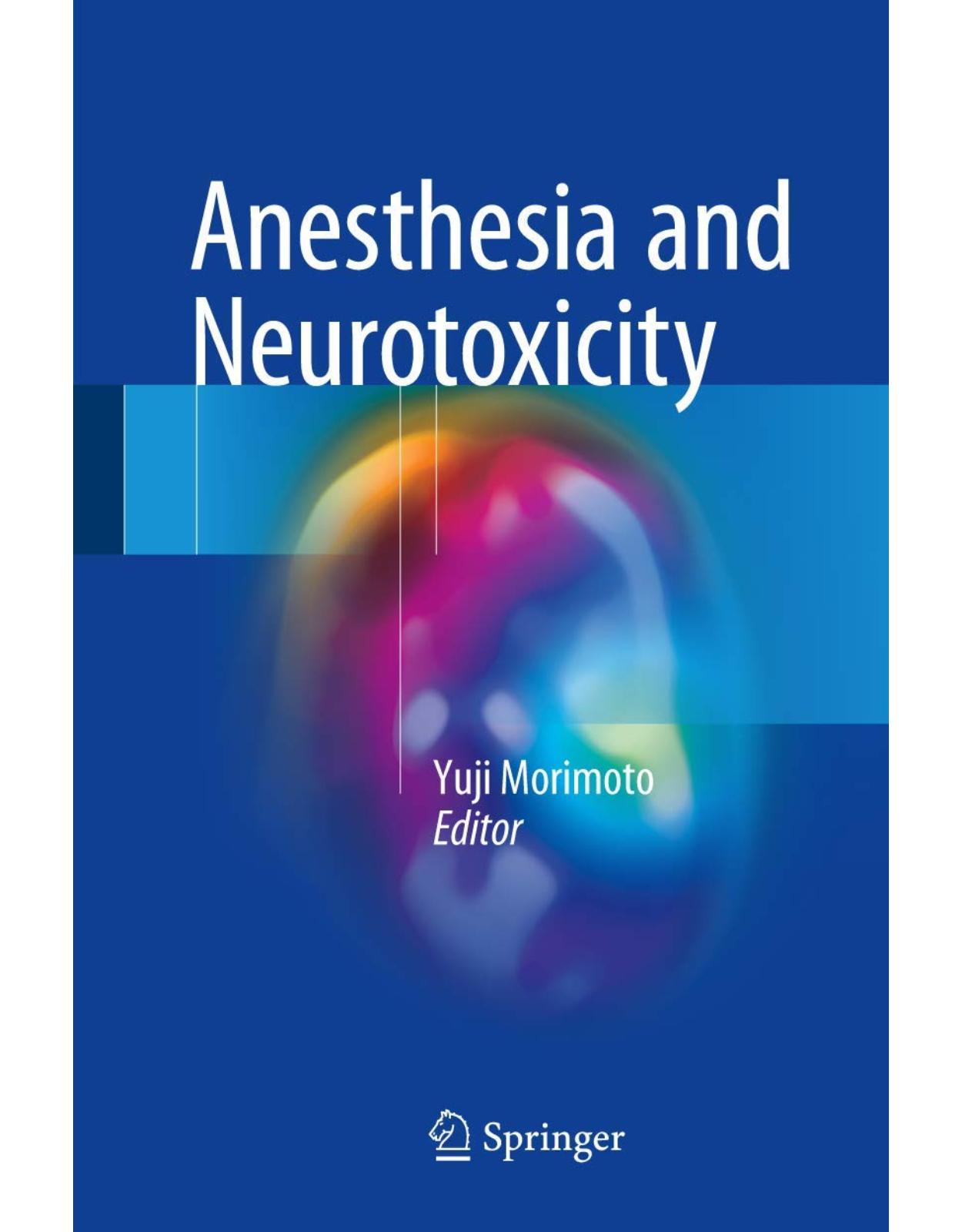
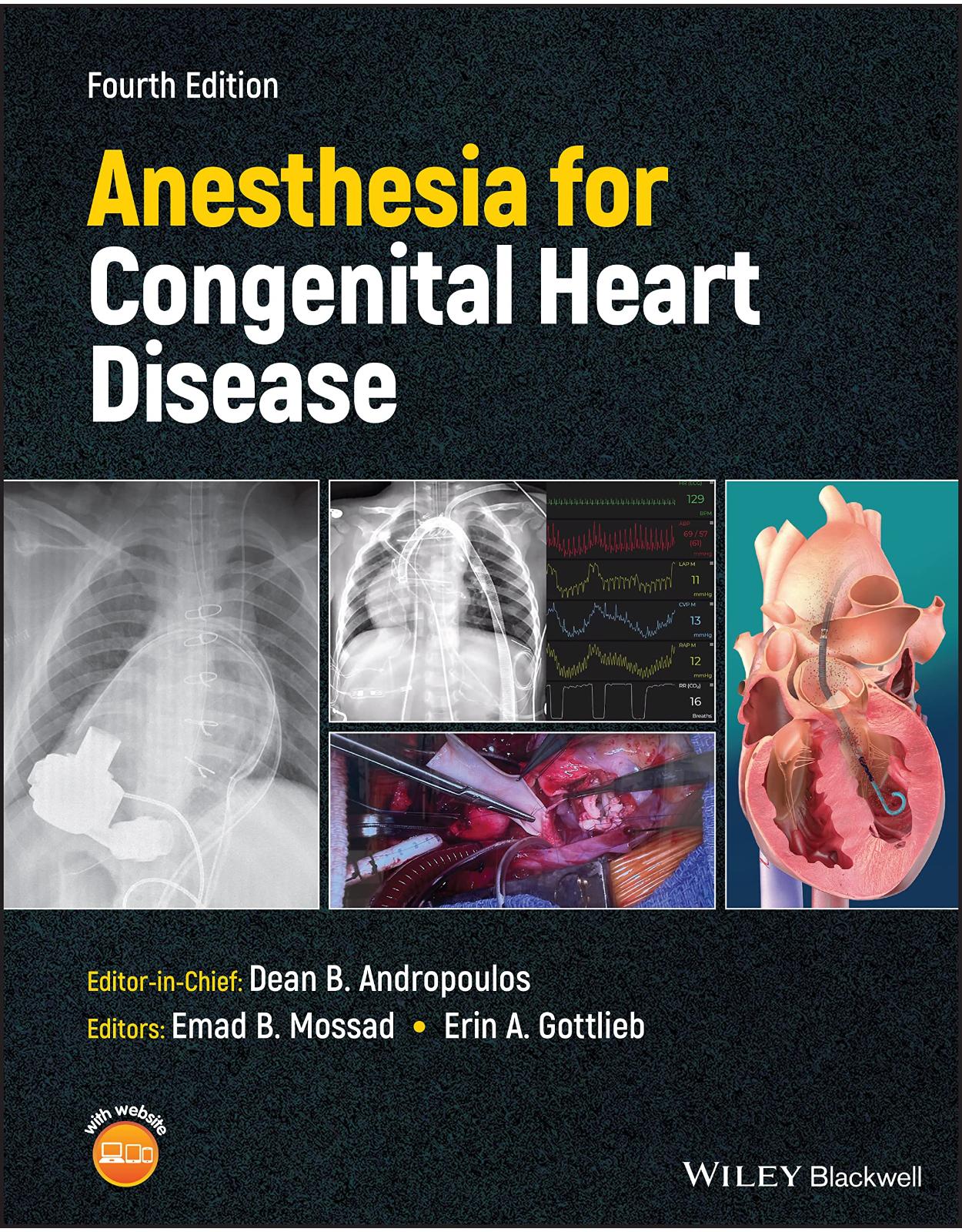
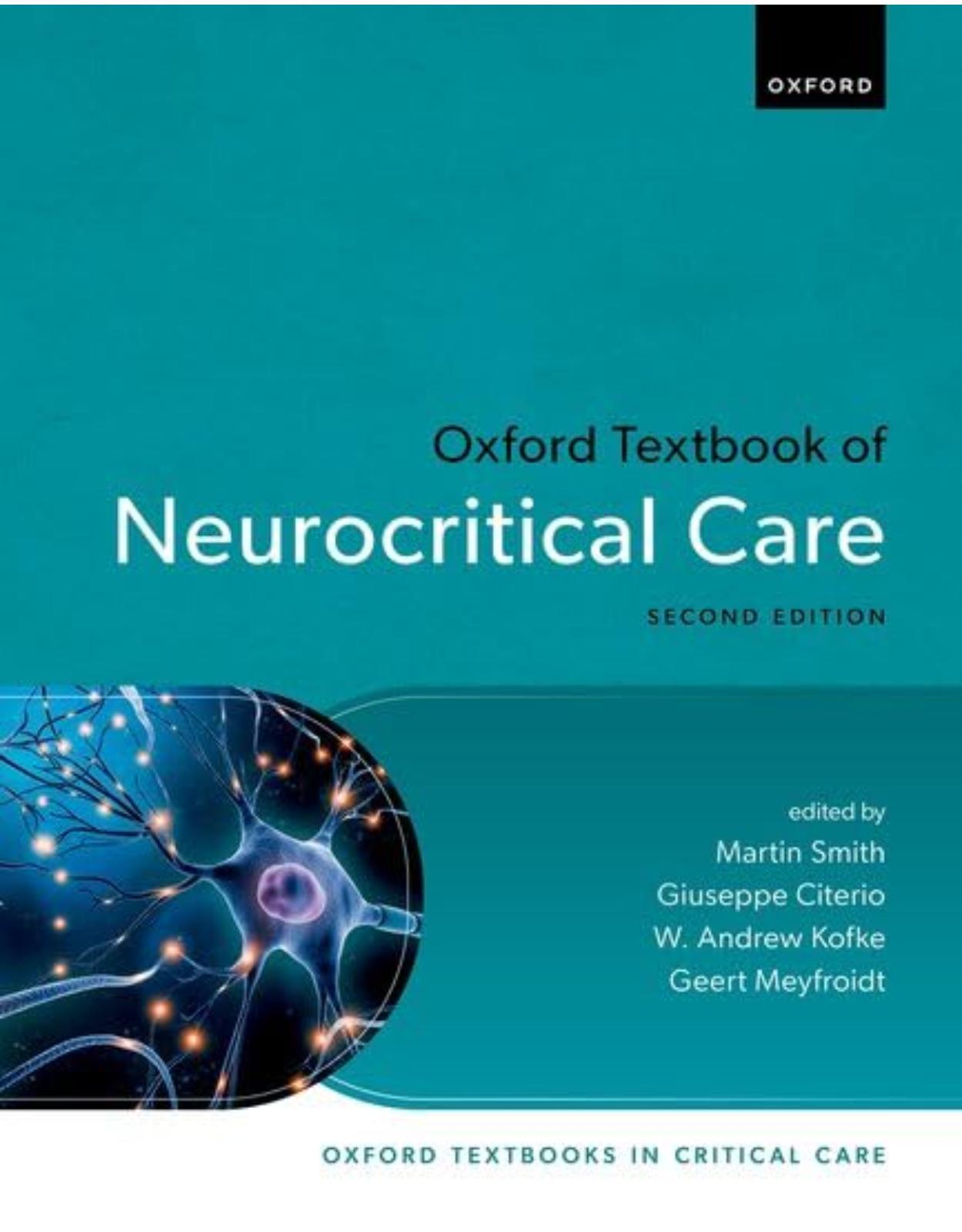
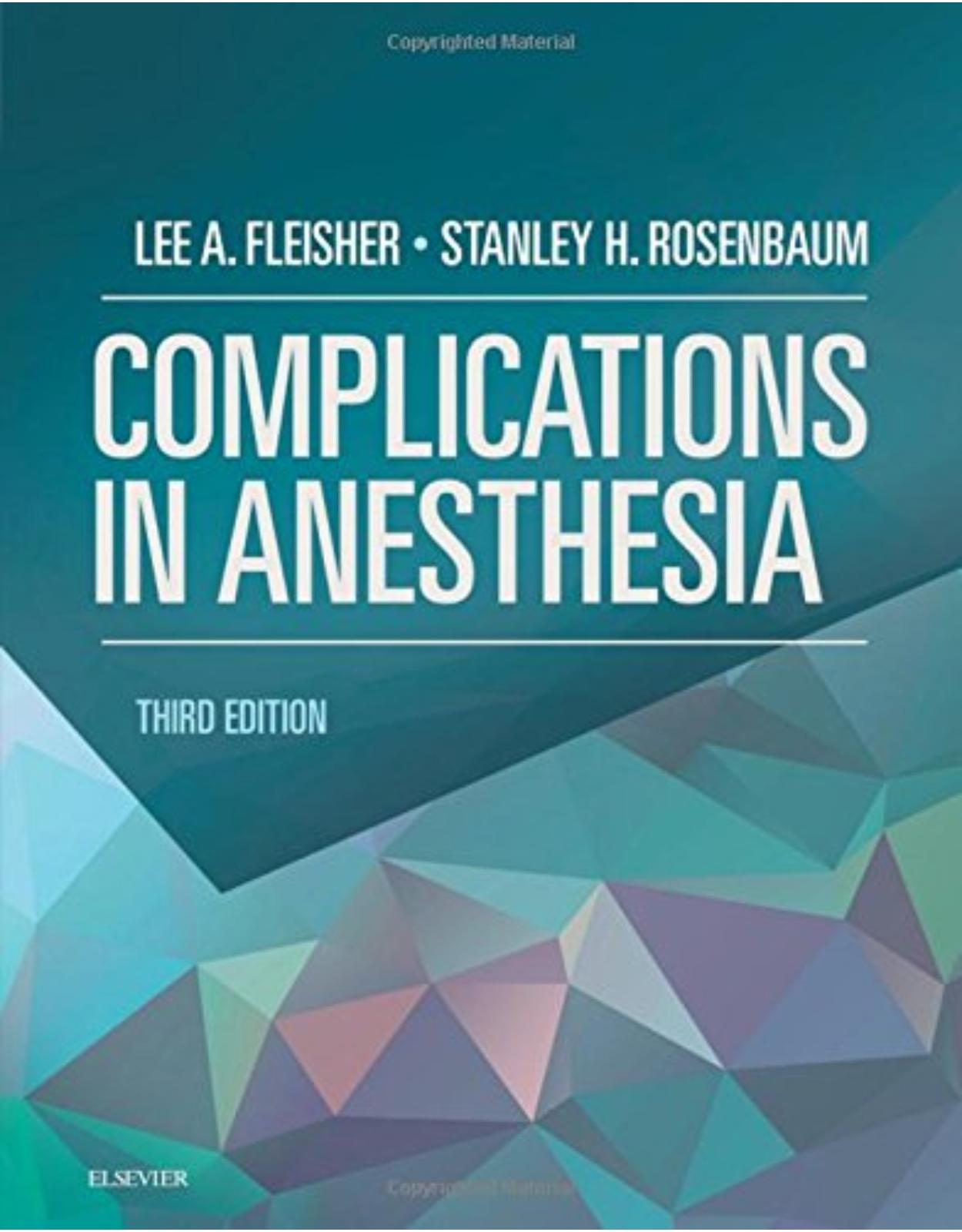
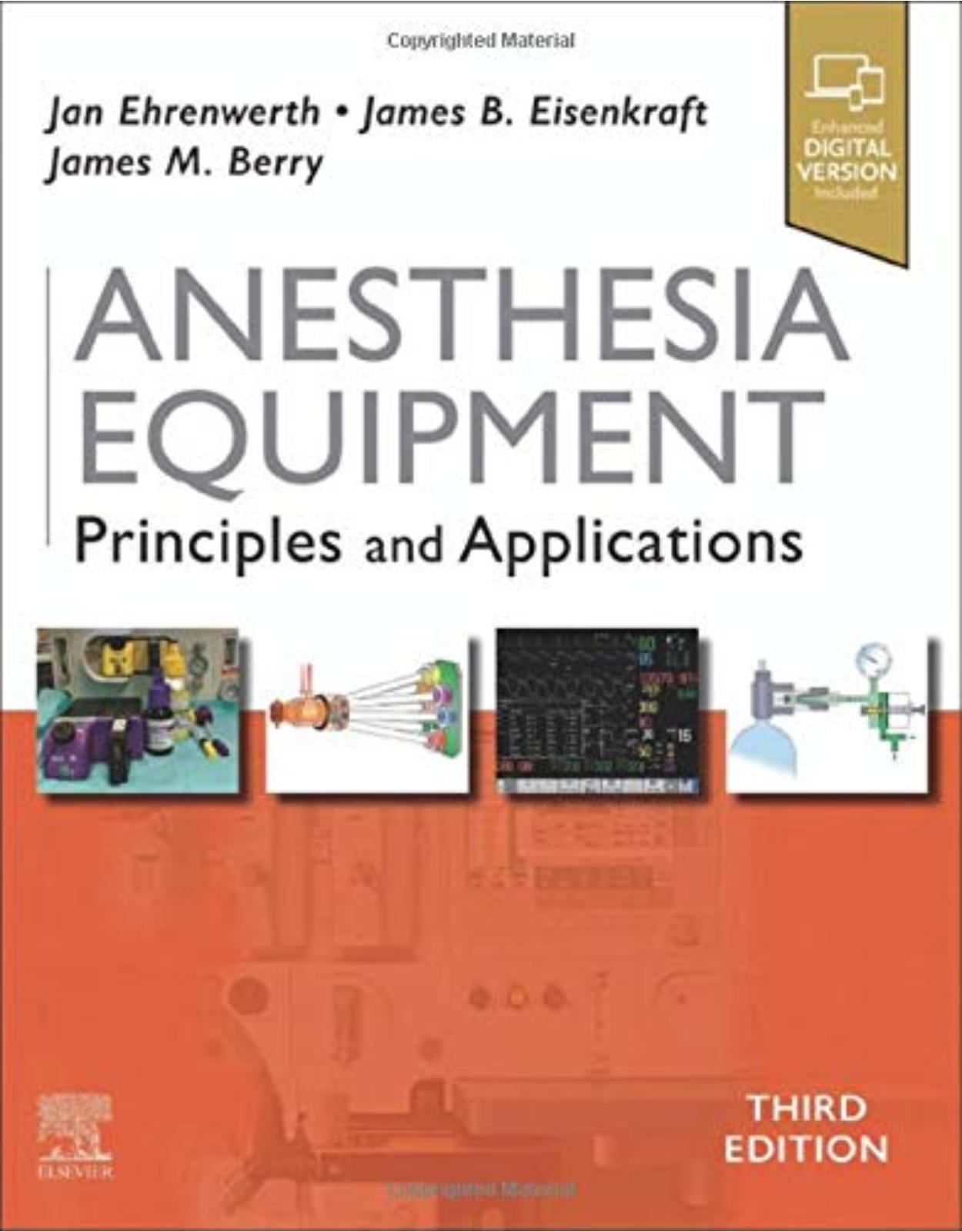
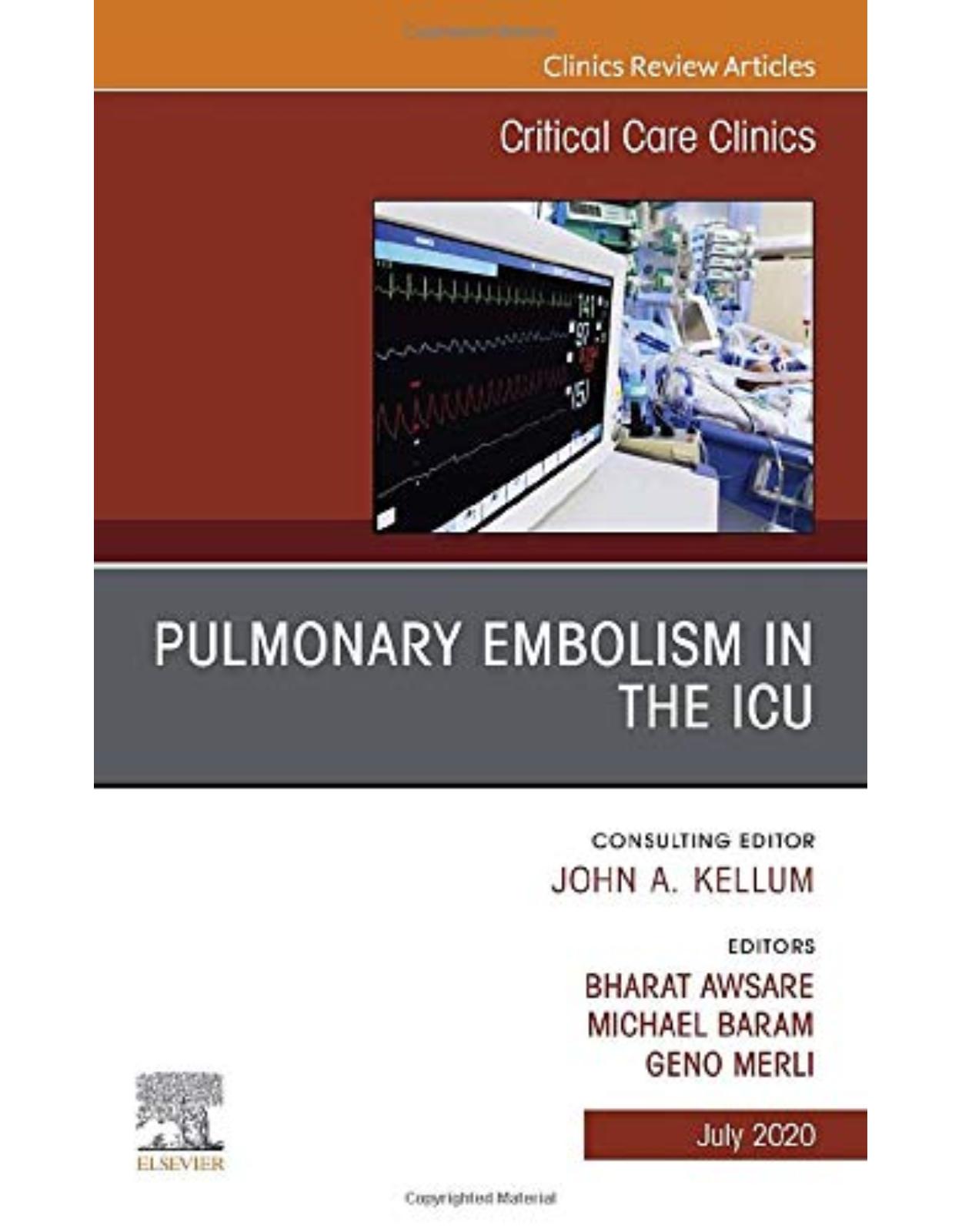
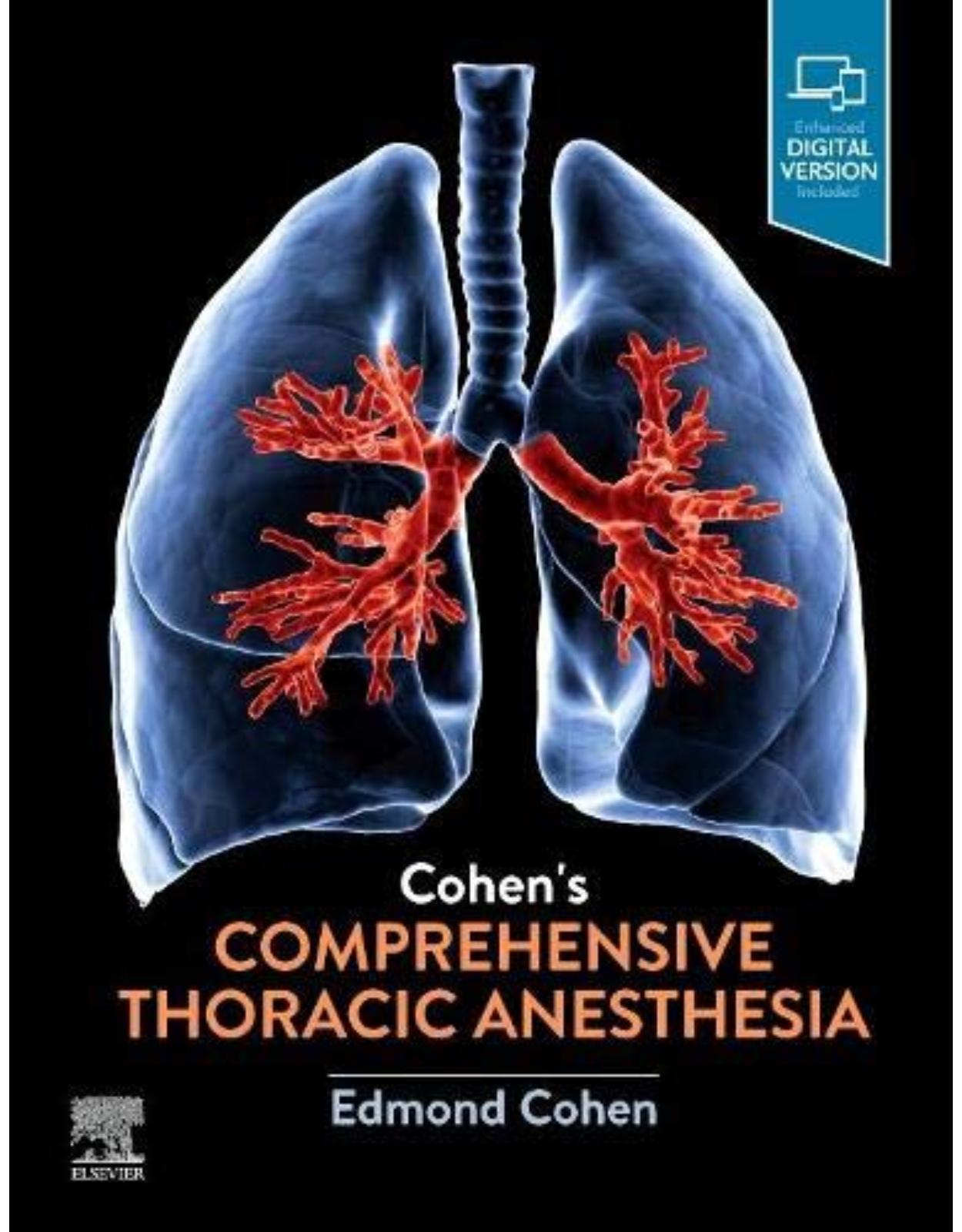
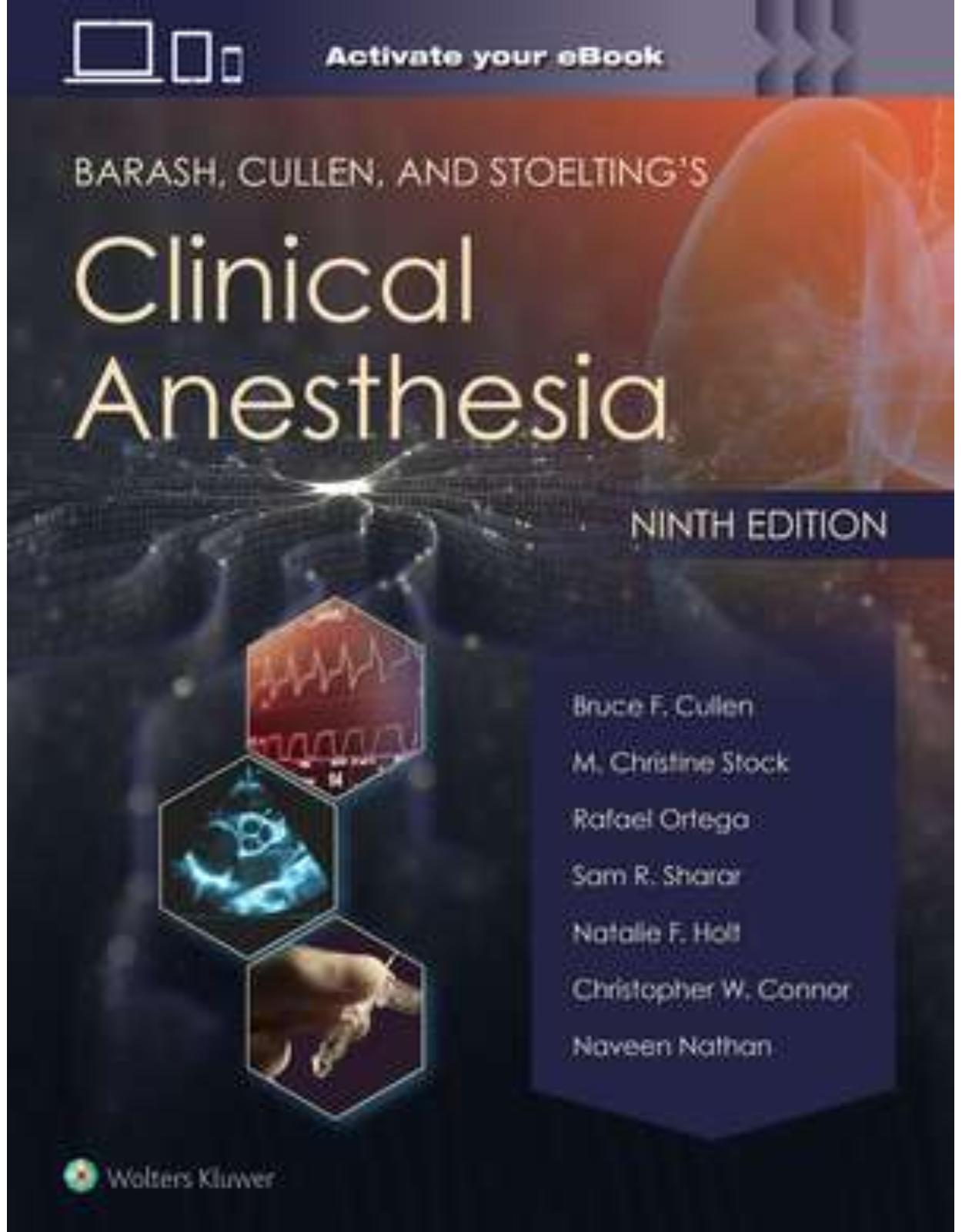
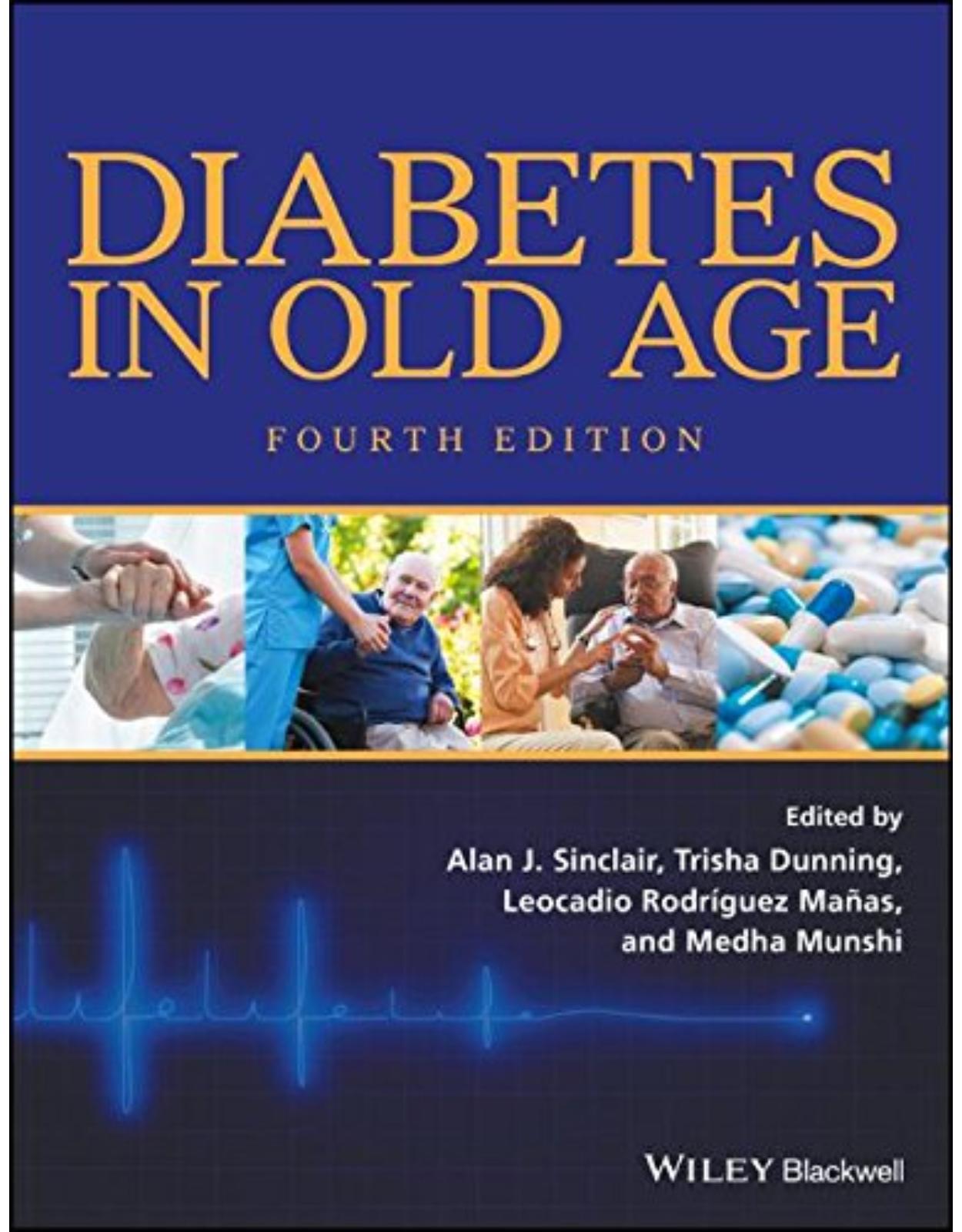
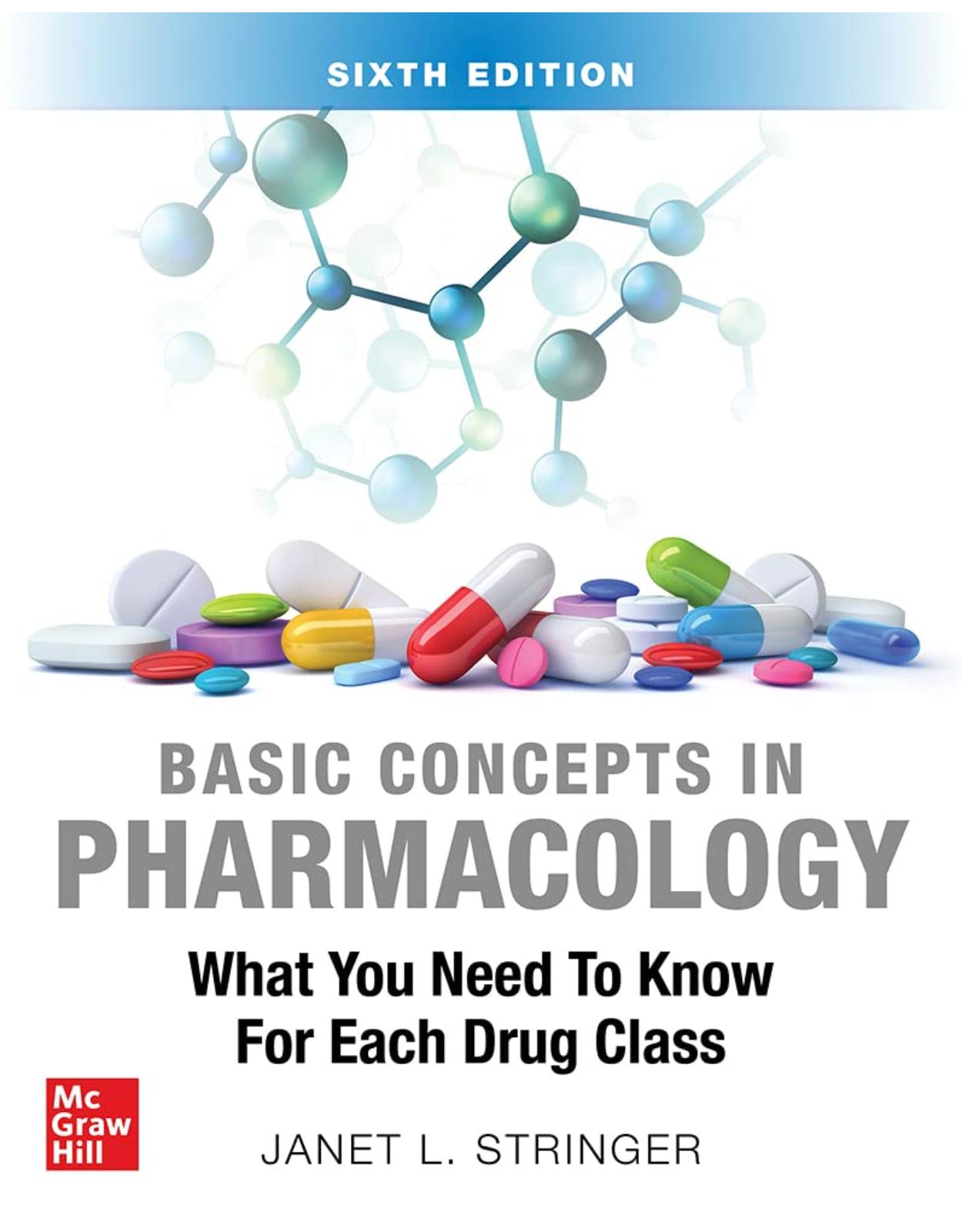
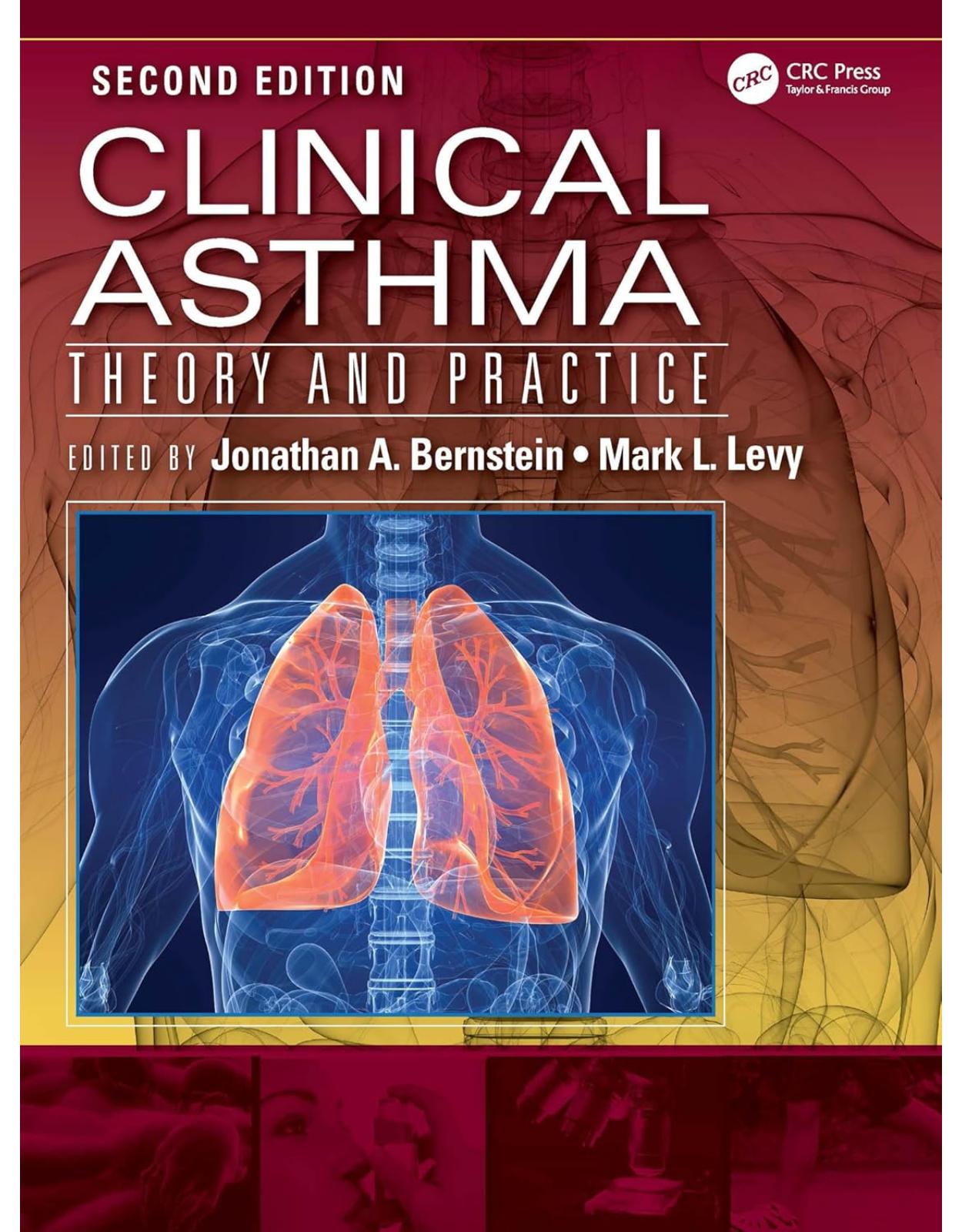
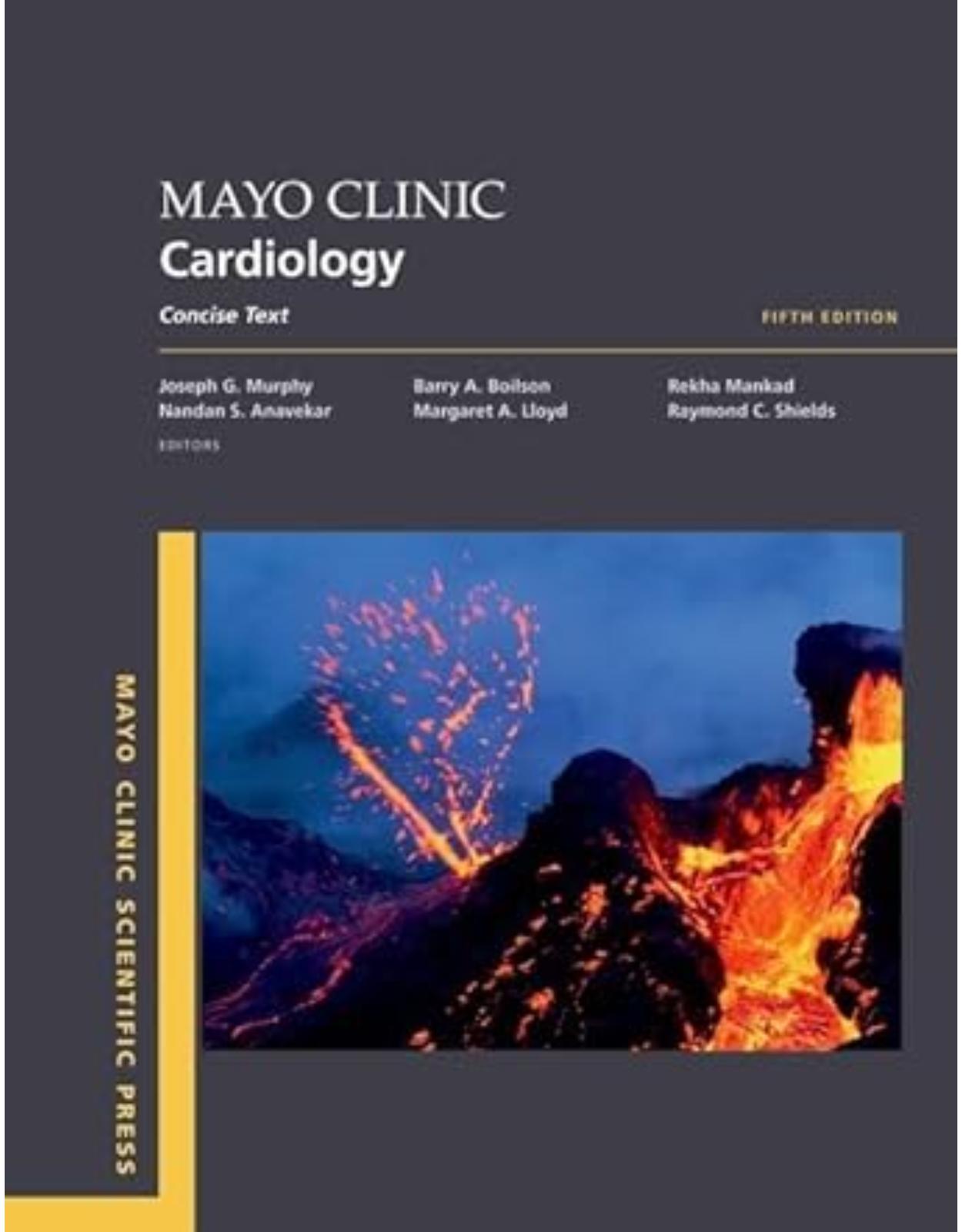
Clientii ebookshop.ro nu au adaugat inca opinii pentru acest produs. Fii primul care adauga o parere, folosind formularul de mai jos.